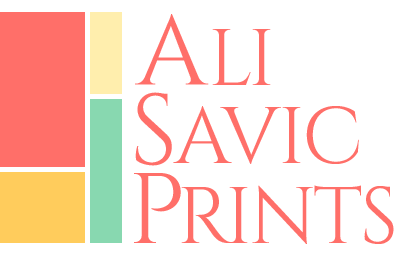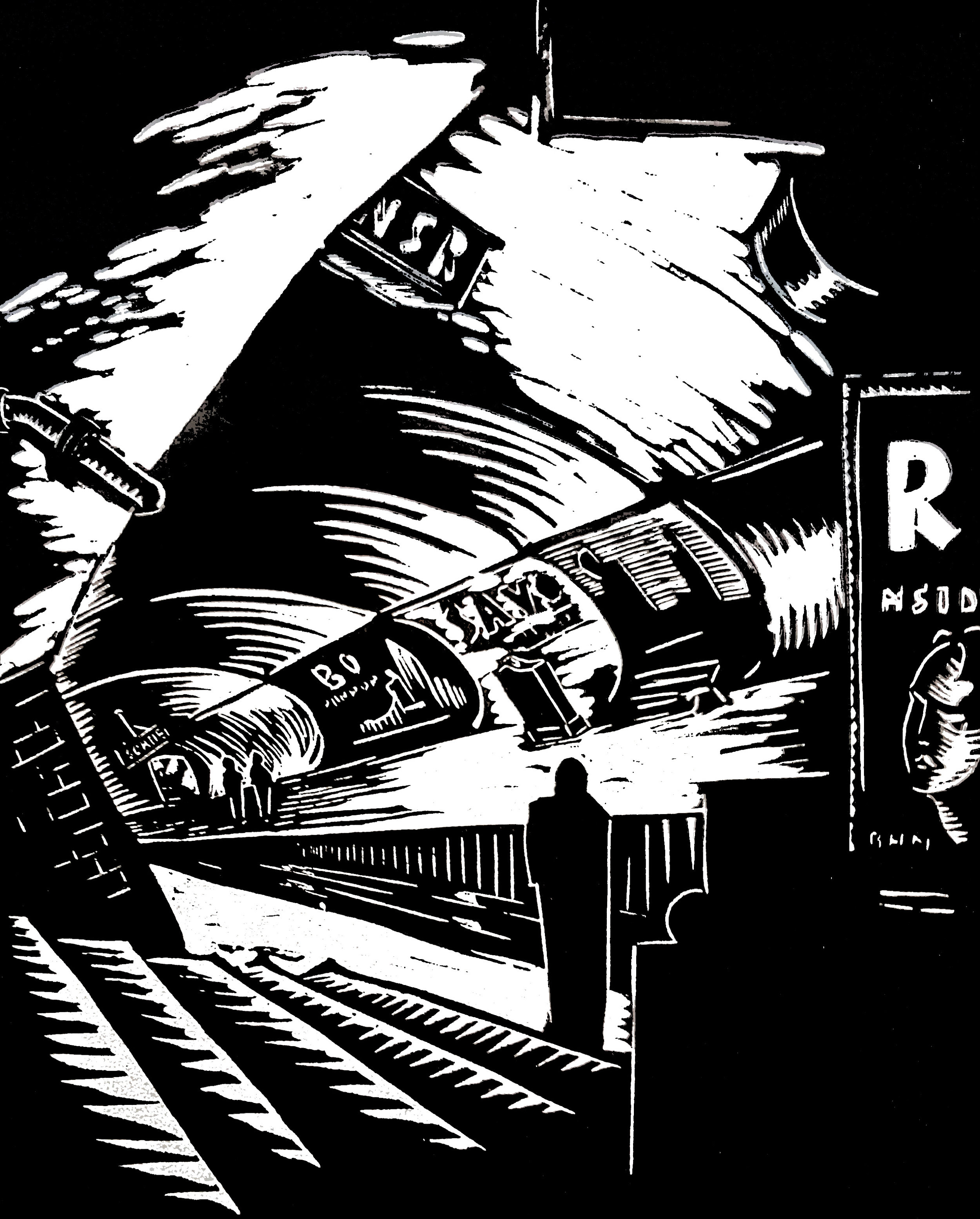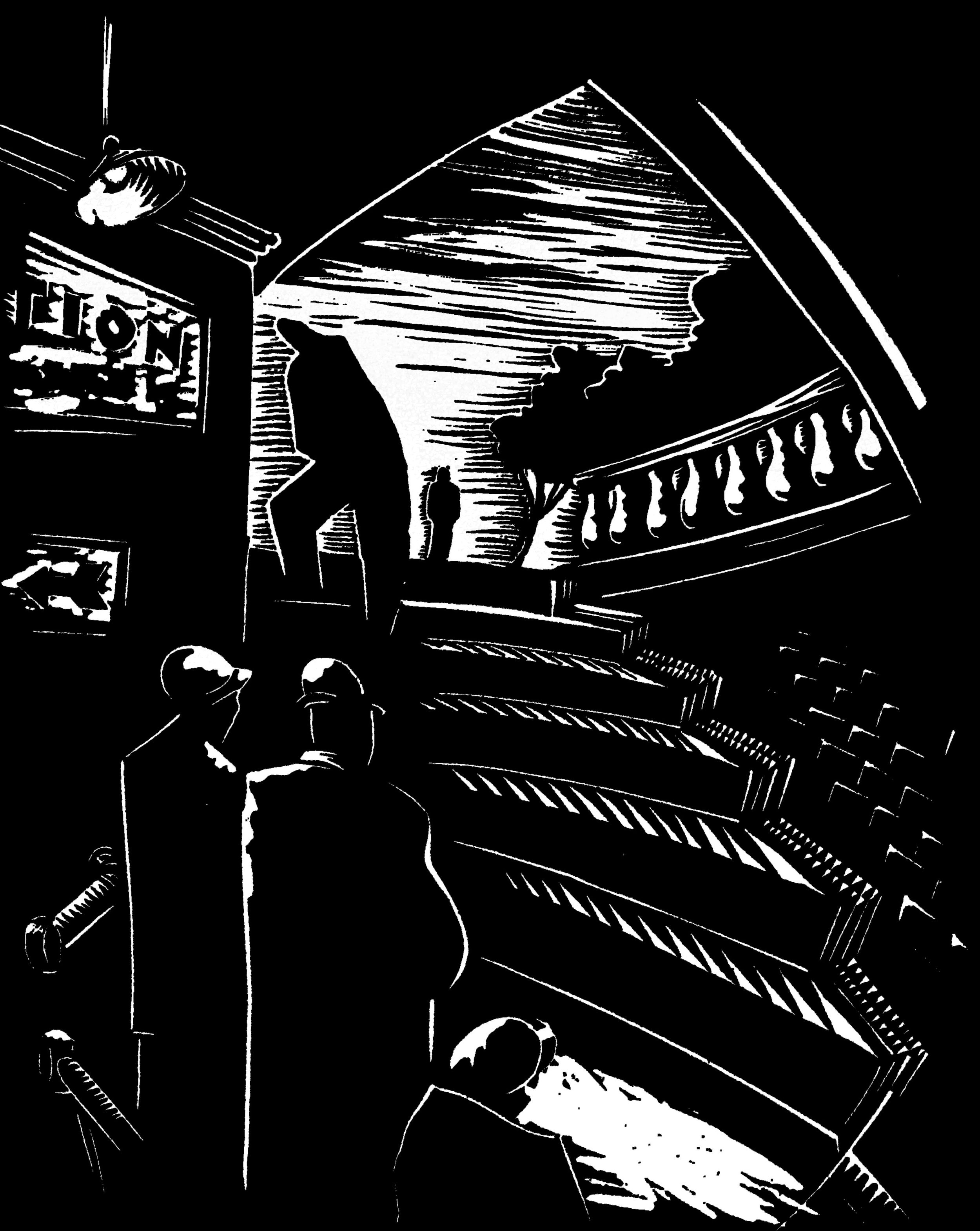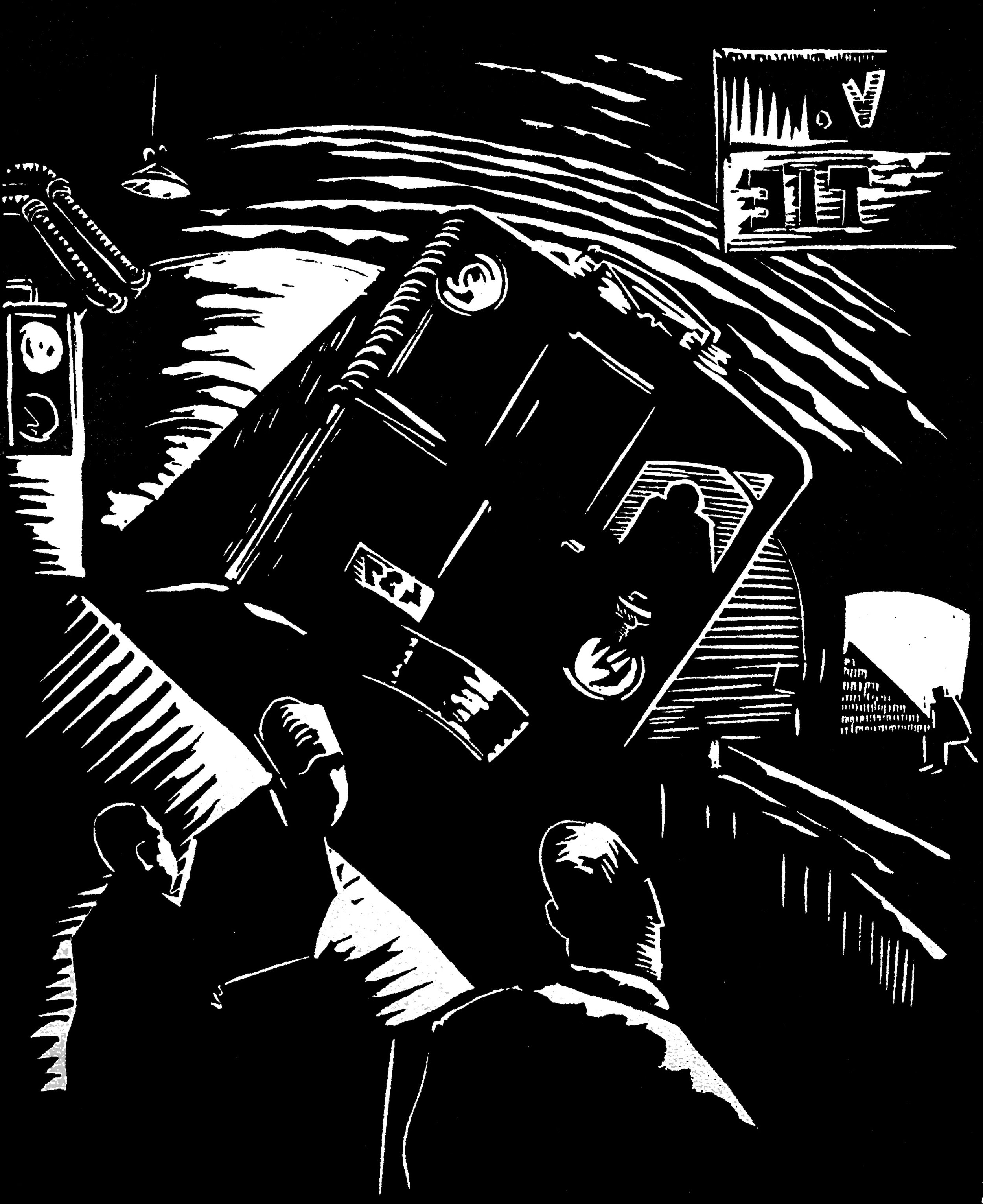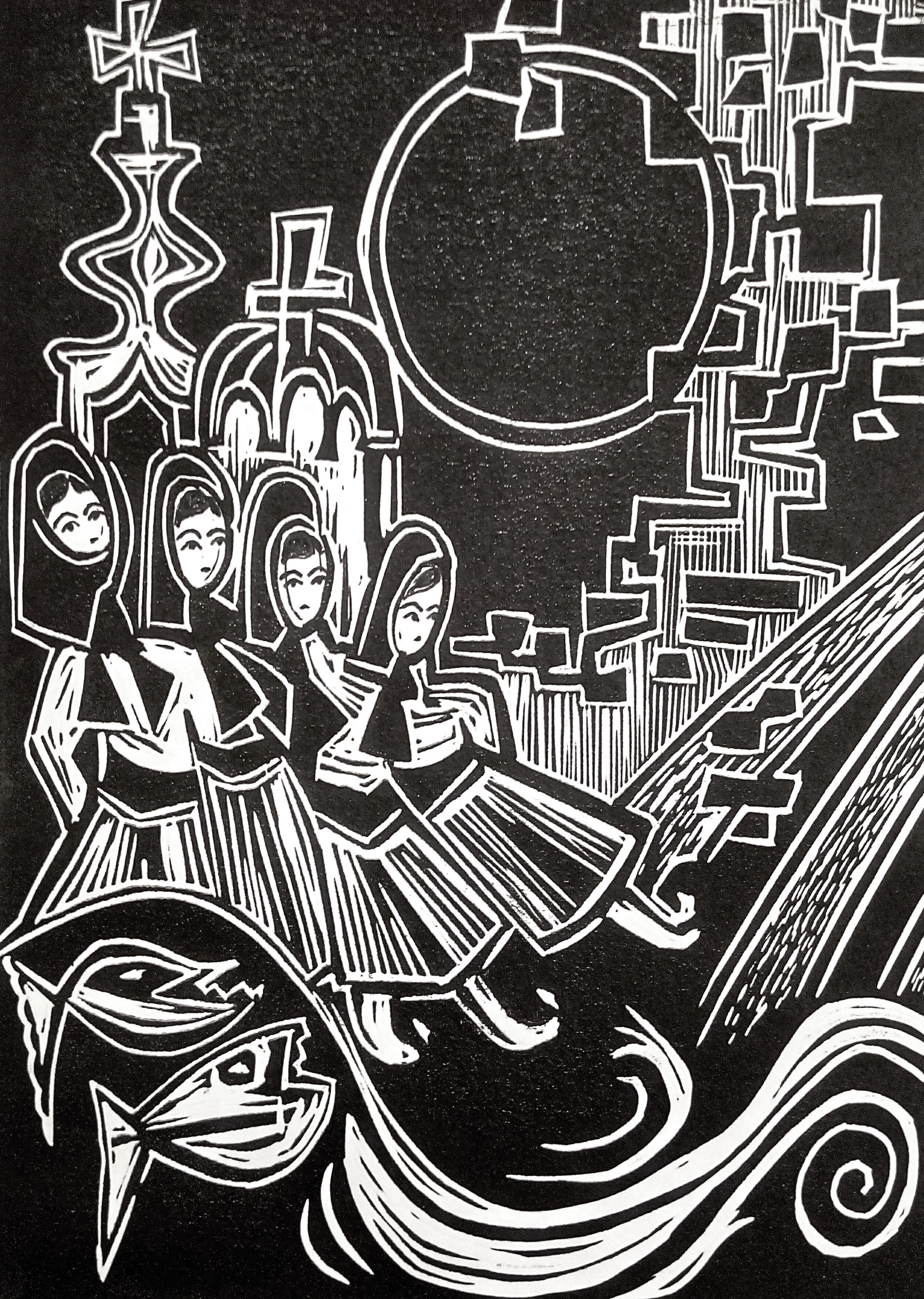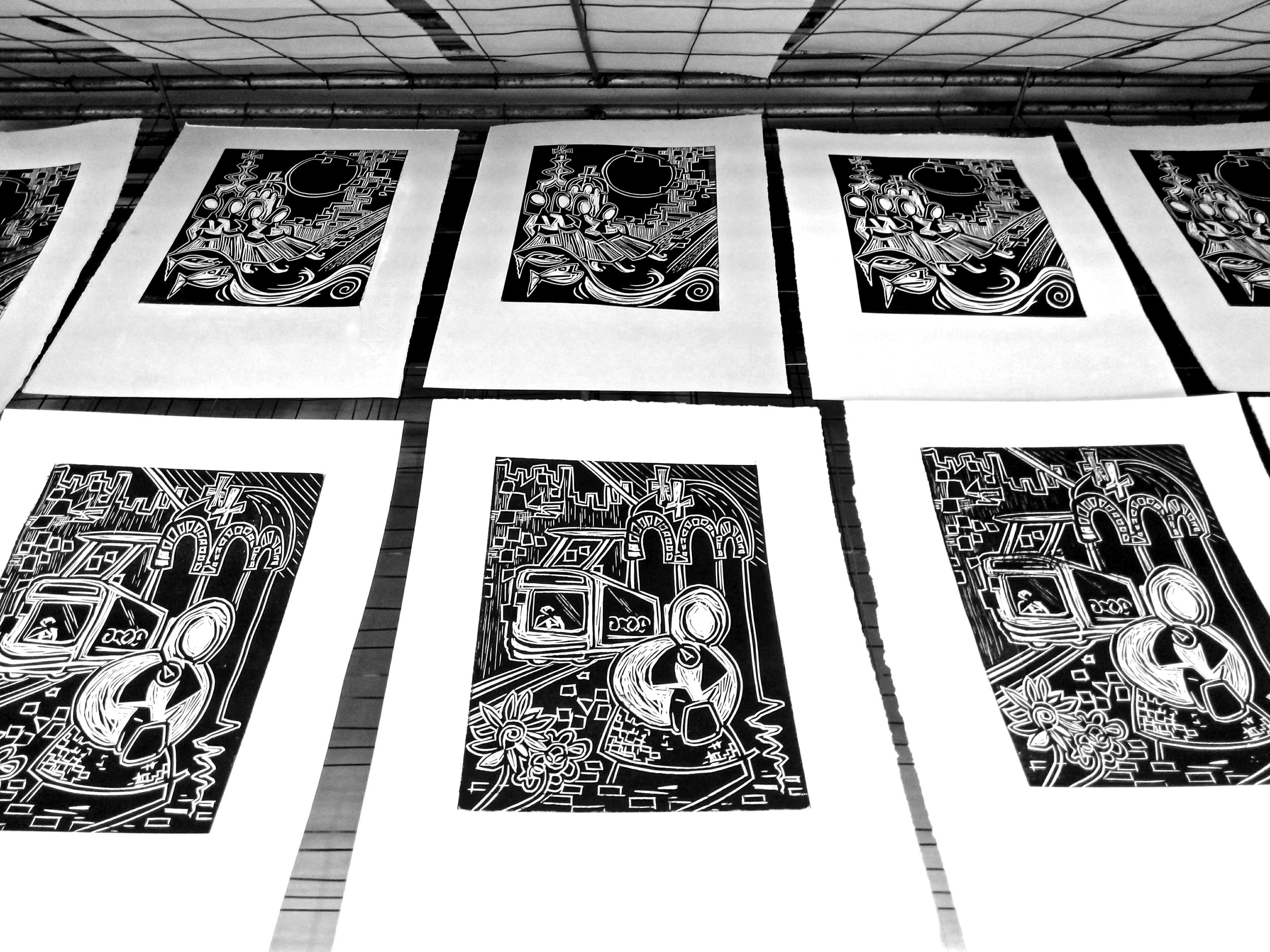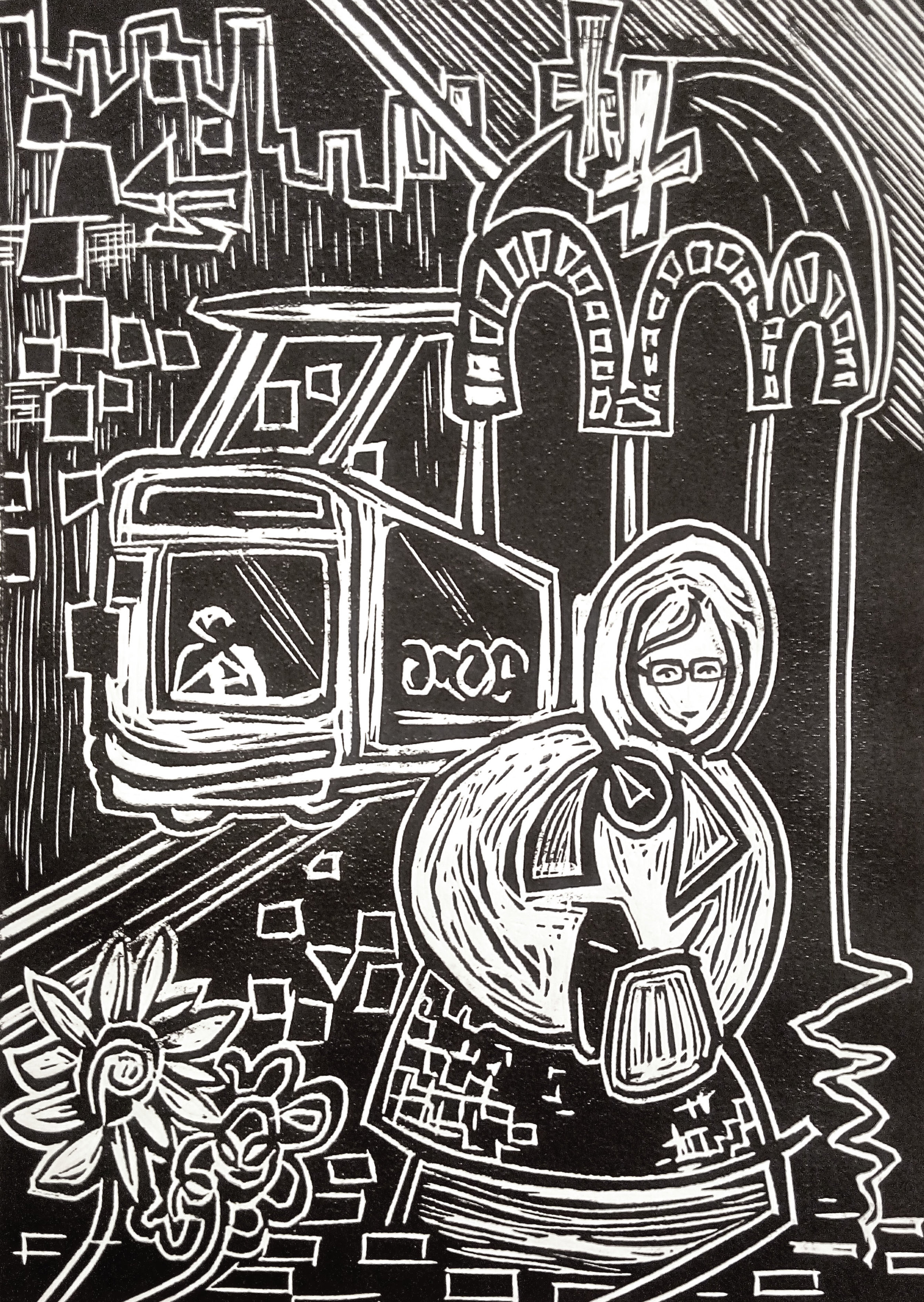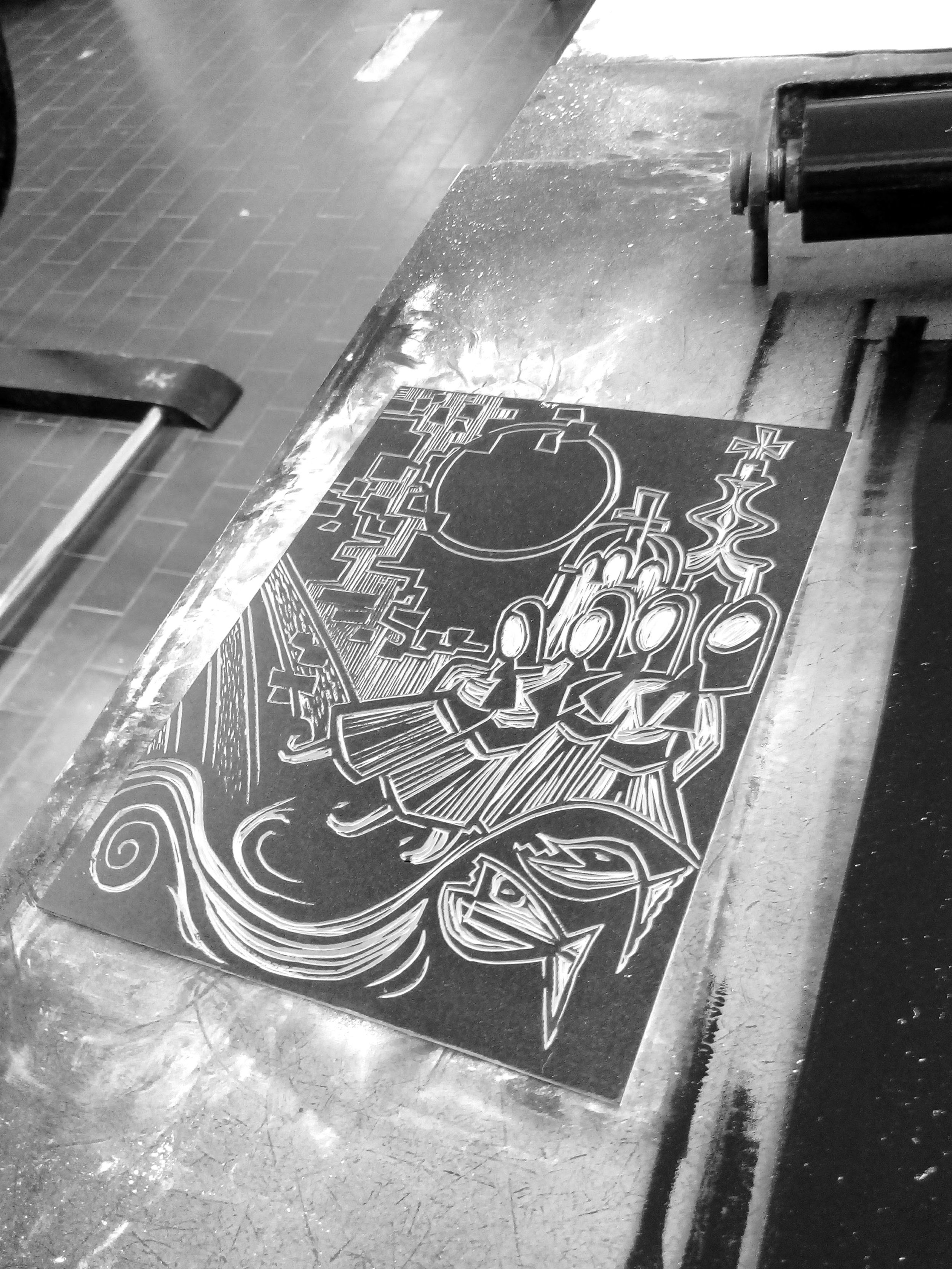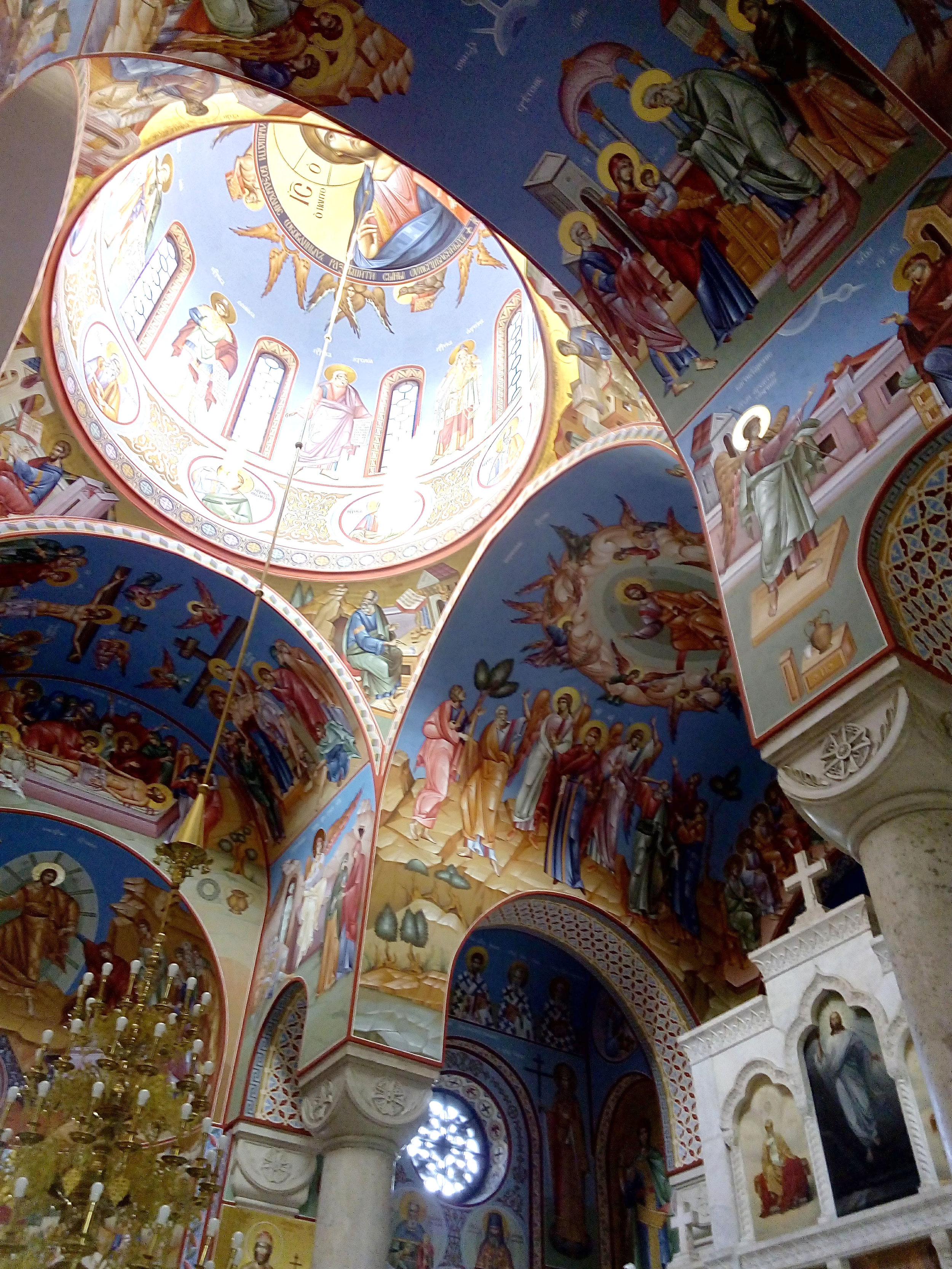My husband, Dragan, who is a native Serb, our 11 year old son, Aleks and I have embarked on an adventure, by moving to Belgrade from England for 8 months. These are excerpts from my weekly diary.
Overlooking the Cemetery
Our flat in Belgrade overlooks one of the most important cemeteries in Belgrade, 'Novo Groblje' (the New Cemetery) [1], where many famous people from Serbia are buried. Not actually that new, the cemetery dates back to the 1860s. Over the last few months, some well-known people have been buried there, including Oliver Ivanović, the Serbian politician who was assassinated in Kosovo. A famous actor, who died relatively young, had his funeral there recently too. I said to my 'Kuma' (my Serbian godmother) [2], that I have never spent so much time in a graveyard as I do in Serbia. She laughed. But it is such a beautiful place.
London's Highgate Cemetery
Last summer, the three of us visited Highgate Cemetery [3] in London, England, and were amazed to see so many interesting gravestones and epitaphs. At Highgate Cemetery, Aleks was fascinated to hear our guide tell us about tombs with giant spiders, to see Karl Marx's monument and to also see Douglas Adams' gravestone, with a pot of pens beside it. Novo Groblje (the New Cemetery) is also very important and is a member of the Association of Significant Cemeteries in Europe [4]. If you get a chance to travel to Belgrade, I would recommend a visit here.
'Zadušnice' (the day of prayers for the souls)
'Zadušnice' (the day of prayers for the souls) occurs four times a year in Serbia. It is customary for Serbs to visit their loved ones’ graves, light a candle and say a prayer. One of our relatives is buried in Novo Groblje, so we decided to pay our respects. Dragan gave me the heads up about an unusual custom before we walked through Novo Groblje to visit the grave. So, I wasn’t surprised to see a couple sitting on the marble slab of their relative’s grave having a light meal. This is not that common these days, but the wake for the funeral also used to happen at the grave of the deceased. A table cloth was placed on the gravestone and ručak (lunch) was laid out! Our daughter, Mila, told me later that this was also quite common in Victorian Britain. I was brought up to not walk on a grave, never mind have my lunch on one! Joking apart, this tradition is actually very respectful to the deceased.
Army Gun Salute
On the way to the cemetery (I was due to meet Dragan and Aleks there), I was waiting to cross the road behind a small troupe of soldiers in camouflage gear carrying rifles. They were also waiting to cross the road. I could have reached out and touched one of the guns. It’s not common in Exeter to be waiting at a pedestrian crossing with a group of armed soldiers. Half the company were women, and a rather brave middle-aged man decided to try and have a chat with the female soldiers. They ignored him of course. I only wish I could have understood what he was saying! Later when we were lighting the candle at our relative's grave, we heard the shots of the gun salute, as an important person from the army was being buried that day.
Ali's Print of the Cemetery
'Falling Snow, Pada Sneg', metal plate lithograph by Ali Savić
'Falling Snow, Pada Sneg'* was editioned by one of the Master Printmakers at the 'Centar za Grafiku' (Printmaking Centre) [5] in Belgrade. It is a drawing I made from a photograph taken in November. Two people pass each other outside the walls of 'Novo Groblje' in Belgrade. Shovelled snow is piled up in the foreground and some gravestones can be seen behind the wall.
'Novo Groblje', New Cemetery, Belgrade
More Prints of Belgrade, Made in Belgrade
'Belgrade Impressions' is a trio of linocuts I printed depicting some Serbian folk dancers with the Saborna Church's spire and the dome of the Orthodox patriarch's palace behind. The river Sava flows below. 'Most na Adi', the new bridge, spans the left and middle prints and Avala Communications Tower sits in the middle. To the right, is a depiction of Tašmajdan Park, with a tram, St Mark's Church and a woman wrapped up for the cold. The abstract geometric shapes hint at the 1960s Yugoslav concrete high-rise and mosaics, typical of Belgrade. I completed these prints at the 'Centar za Grafiku' in Belgrade.
'Belgrade Impressions' linocut triptych by Ali Savic
[1] https://en.wikipedia.org/wiki/Belgrade_New_Cemetery
[2] http://www.postcardsandplaces.com/stories/2016/becoming-a-serbian-kuma
[3] https://en.wikipedia.org/wiki/Highgate_Cemetery
[4] http://www.significantcemeteries.org/p/significant-cemeteries.html
[5] http://www.fluc.org/en/index.php
* Pada Sneg, means 'it's snowing' in Serbian.
